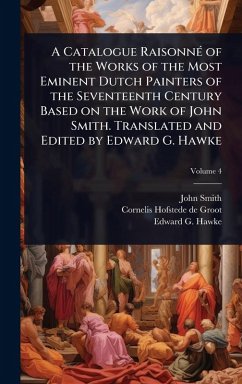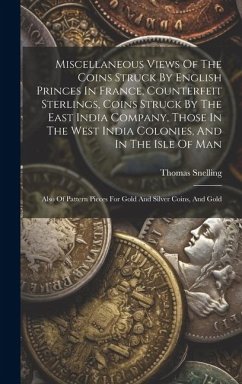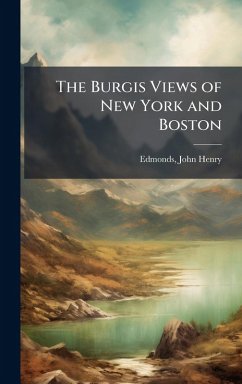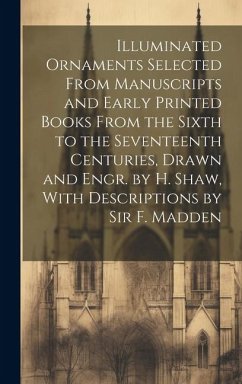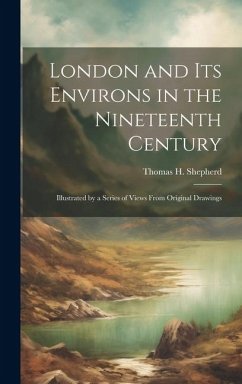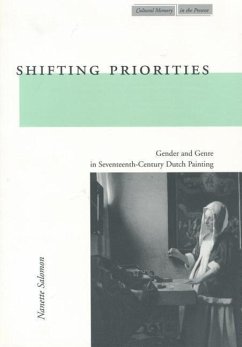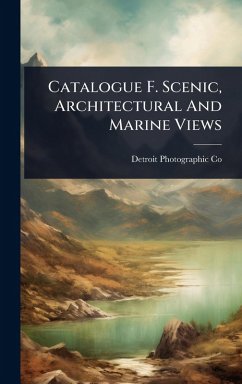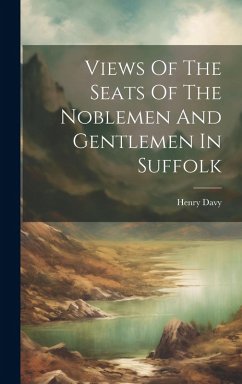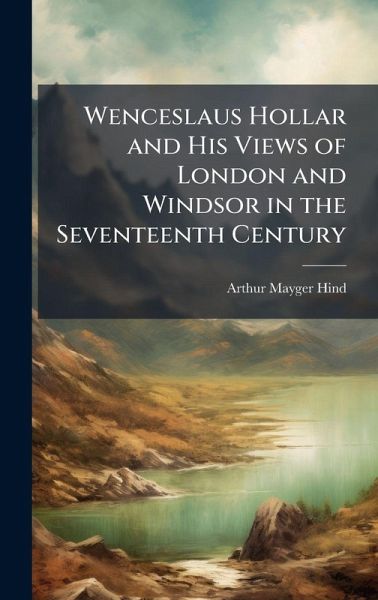
Wenceslaus Hollar and His Views of London and Windsor in the Seventeenth Century
Versandkostenfrei!
Versandfertig in über 4 Wochen
30,99 €
inkl. MwSt.
Weitere Ausgaben:

PAYBACK Punkte
15 °P sammeln!
Wenceslaus Hollar and His Views of London and Windsor in the Seventeenth Century by Arthur Mayger Hind offers a detailed study of the life and work of the renowned Bohemian etcher. This book explores Hollar's significant contributions to topographical art through his meticulously detailed views of London and Windsor during a transformative period in English history. Hind's examination delves into Hollar's artistic techniques, his historical context, and the enduring value of his depictions of iconic landmarks. Readers gain insight into the artistic and cultural landscape of 17th-century Englan...
Wenceslaus Hollar and His Views of London and Windsor in the Seventeenth Century by Arthur Mayger Hind offers a detailed study of the life and work of the renowned Bohemian etcher. This book explores Hollar's significant contributions to topographical art through his meticulously detailed views of London and Windsor during a transformative period in English history. Hind's examination delves into Hollar's artistic techniques, his historical context, and the enduring value of his depictions of iconic landmarks. Readers gain insight into the artistic and cultural landscape of 17th-century England, appreciating Hollar's skill in capturing the essence of these locations. This book remains a valuable resource for art historians, urban historians, and anyone interested in the visual history of London and Windsor. This work has been selected by scholars as being culturally important, and is part of the knowledge base of civilization as we know it. This work was reproduced from the original artifact, and remains as true to the original work as possible. Therefore, you will see the original copyright references, library stamps (as most of these works have been housed in our most important libraries around the world), and other notations in the work. This work is in the public domain in the United States of America, and possibly other nations. Within the United States, you may freely copy and distribute this work, as no entity (individual or corporate) has a copyright on the body of the work. As a reproduction of a historical artifact, this work may contain missing or blurred pages, poor pictures, errant marks, etc. Scholars believe, and we concur, that this work is important enough to be preserved, reproduced, and made generally available to the public. We appreciate your support of the preservation process, and thank you for being an important part of keeping this knowledge alive and relevant.



